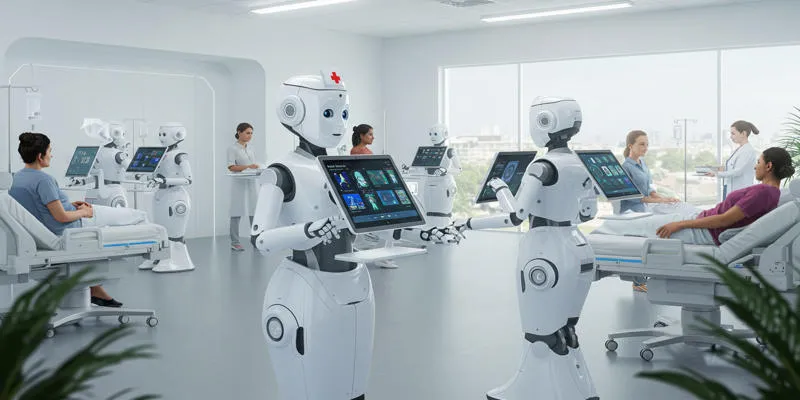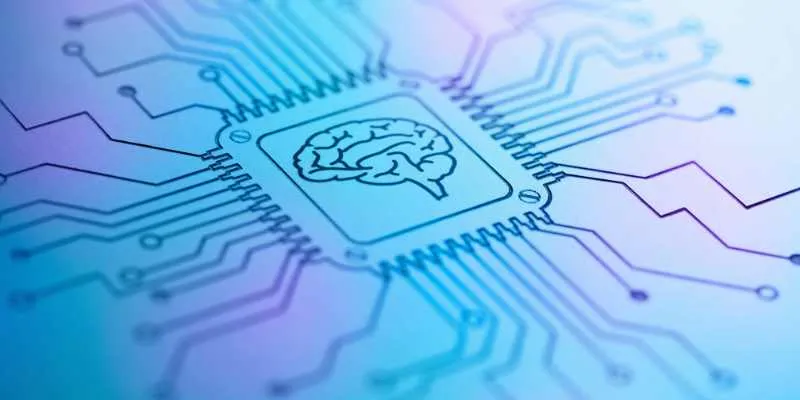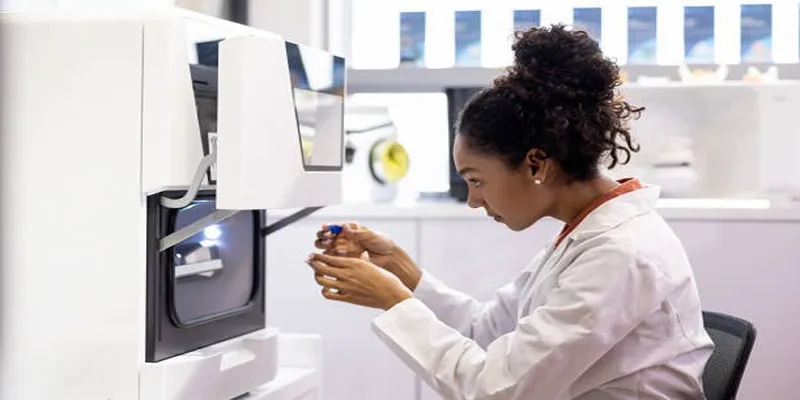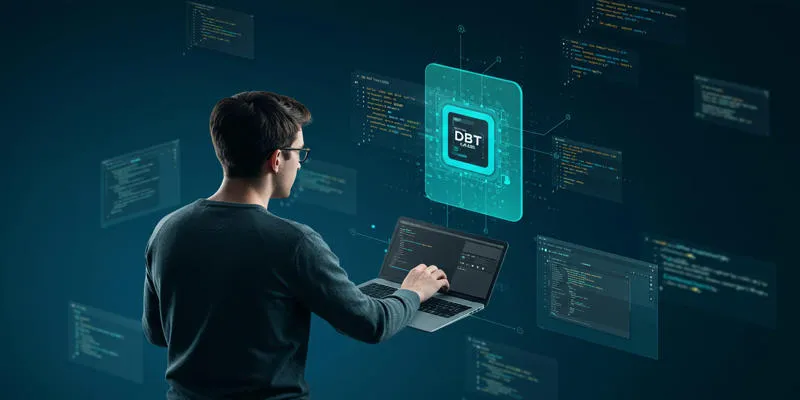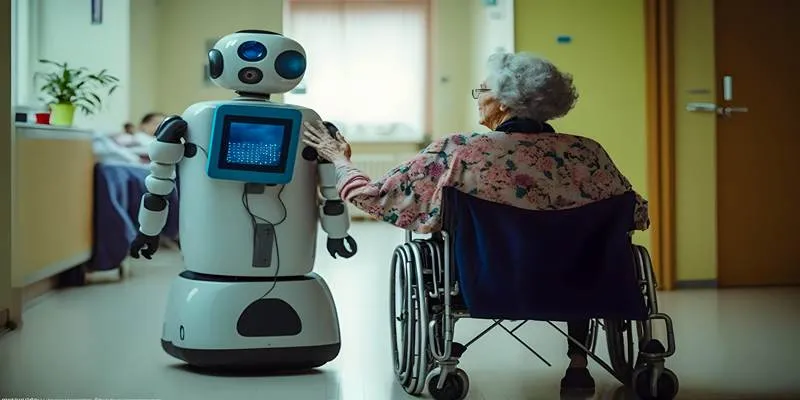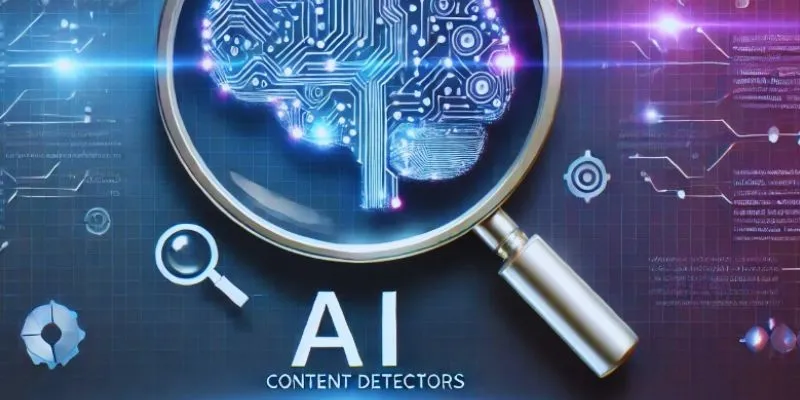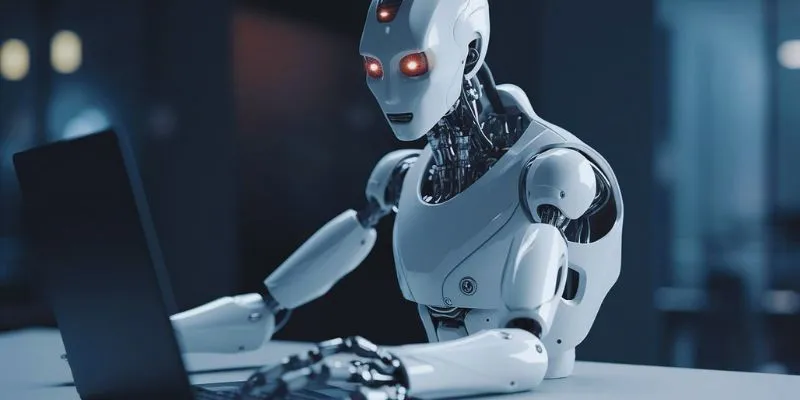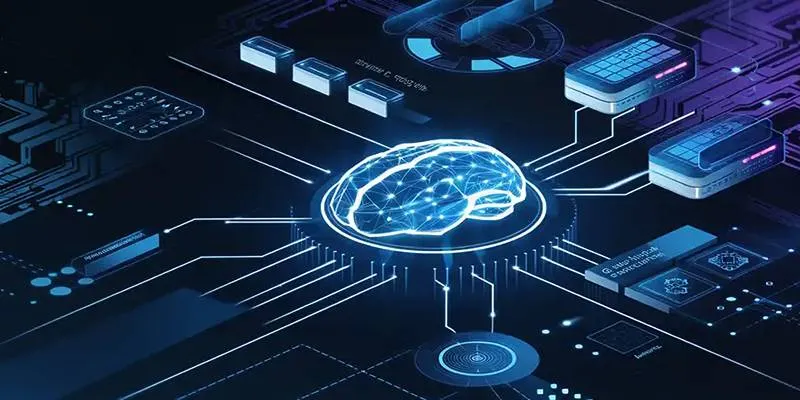The healthcare sector advances patient care through AI-powered nurse robots while resolving multiple issues triggered by worker shortages, operational deficits, and safety vulnerabilities. Robotic devices have been created to help healthcare teams fulfill their routine and physically demanding duties so medical staff can focus better on challenging and demanding treatment procedures. The article explores six healthcare-advanced AI nurse robots that drive positive effects on patient recovery rates as they support stressed hospital staff.
The Role of AI Nurse Robots in Modern Healthcare
Healthcare institutions worldwide must deal with an increasing need for medical services because predictions indicate nursing shortages will reach 10 million by 2030. Healthcare institutions, as well as elder care facilities and home settings, currently use AI nurse robots to support medical personnel in their work. The robots execute medical functions, including pill distributions and patient tracking and disinfecting activities, to support nursing staff operations and minimise their workload.
Experts confirm that AI-powered robots aid human nurses instead of taking their positions as healthcare providers. Healthcare professionals can focus on giving personal treatment to patients since robotic automation handles repetitive duties.
1. Moxi: The Assistant Robot

Moxi represents the product creation of Diligent Robotics to execute hospital logistical duties. Through hospital department shipments, Moxi carries medications in addition to essential supplies and lab specimens and thus frees nurses from non-medical duties. Moxi balances next-level navigation capabilities with a human-friendly appearance in order to fit healthcare facilities naturally.
Key Features: - Autonomous navigation through hospital corridors. -
Protected storage systems allow the transportation of essential objects, including blood test samples. - The machine enables workers to communicate through voice interface or touch panel operations. - Through completing regular duties, Moxi permits nurses to deliver increased attention to hands-on patient care during their workdays. ### 2. TUG: The Transport Specialist
The Aethon-made TUG robot specialises in hospital-based transportation tasks that include medical equipment delivery together with food tray and linen distribution. The strong construction allows Moxi to operate reliably through busy medical facilities and deliver materials efficiently.
Key Features: - The device includes adjustable compartments allowing
users to store different belongings. - Real-time tracking via hospital management systems. - Collision avoidance technology for safe navigation. - TUG serves to protect healthcare staff from physical exhaustion yet it maintains all required medical materials accessible at all critical times. ### 3. Grace: The Elderly Care Companion
The AI robot created by Hanson Robotics operates under the name of Grace which specialises in elder care applications. Patients can talk to Grace while she tracks their vital signs using integrated sensors and she reminds them about their medications.
Key Features: - Multilingual capabilities for diverse patient
populations. - The robot uses advanced facial recognition to measure the emotional states of patients. - Integration with telehealth platforms for remote consultations. - Grace provides senior patients with comprehensive care for their physical well-being and emotional states while resolving the acute issue of loneliness, which affects long-term care settings. ### 4. Robear: The Lifting Assistant
RIKEN-SRK Collaboration Centre for Human-Interactive Robot Research in Japan developed Robear as a robotic bear apparatus which helps healthcare providers manage challenging moving tasks involving bed and wheelchair transfers.
Key Features: - Soft-touch sensors are integrated into the device to
protect patients from harm when they need lifting assistance. - High precision in movement for delicate handling of patients with limited mobility. - This robotic design fits easily within small areas of both hospitals and personal home environments. - Through its operation, Robear decreases the chances of harm for patients alongside their caregivers throughout the transfer procedure. ### 5. UV Disinfection Robots: Ensuring Safety
The sanitation process of hospital rooms occurs swiftly and effectively through the deployment of UV disinfection robots produced by Xenex throughout medical facilities across the world. Robot accessories use high-power ultraviolet radiation to destroy dangerous pathogens including bacteria along with viruses in the medical environment.
Key Features: - The system enables automated cleaning through
automatically navigated routes that have been pre-set by the operator. -
Modern robots perform automated disinfection of rooms in a short span of time
without requiring human oversight. - These devices demonstrate excellent
results when combating hospital-acquired infections (HAIs). - Through their
sterilisation process, UV robots protect patients from infection risks while
enabling cleaning personnel to perform different duties. ### 6. PARO: The
Therapeutic Robot 
PARO represents a therapeutic robot system developed to help dementia and mental health patients because its design features touch and sound-reactive sensors. Through human connection, such robots deliver comfort, which decreases patient anxiety.
Key Features: - The robot demonstrates responsive actions through head
movement and sound production after physical contact. - The robot system shows the capability to learn new voices and develop its response patterns through continuous usage. - Its design enables easy usage from hospital beds. - Independent research findings demonstrate that PARO improves emotional well-being and decreases pressure among senior patients in extended care institutions. ## Benefits of AI Nurse Robots ### 1. Addressing Staffing Shortages
The anticipated global nursing shortage up to 2030 demands AI nurse robots that execute non-hands-on functions, including supply transportation and patient observation, to fill vacancy gaps.
2. Enhancing Patient Safety
The combination of sophisticated sensors allows robots to identify patient health declines also enables them to implement automated cleaning procedures which ensure sterile environment maintenance.
3. Reducing Staff Burnout
Robot automation of routine hospital procedures that involve heavy lifting and supply delivery enables nurses to avoid physical exhaustion and helps stop burnout from developing.
4. Improving Patient Experience
The therapeutic robot PARO gives emotional support specifically to patients in elder care and mental health institutions.
Challenges and Ethical Considerations
The implementation of AI nurse robots results in ethical challenges while delivering their benefits to healthcare institutions.
- The implementation of nurse assistant robots sparks concerns about the potential reduction of the human nursing workforce, but their primary purpose is to provide assistance to medical staff. - Robots which deal with sensitive patient information need to fulfil the requirements of HIPAA privacy laws along with other mandatory regulations. - The extensive use of robots in patient care causes critics to worry that valuable human relationships between healthcare providers and their patients will decrease.
Healthcare providers need to create specific policies for robotic use and establish the essential coexistence between AI nurse robots and human caregivers.
Conclusion
Silicon-based healthcare assistants transform medical facilities by covering three necessary industry problems: workforce deficiencies, administrative bottlenecks, and clinical safety risks. These robots, which include Moxi and TUG for support tasks, PARO for emotional care, and Grace for elder care, show that technology can improve health results along with patient satisfaction. AI nurse robots serve as an innovative solution for hospitals that want to build more efficient healthcare systems with human-centred care practices.
 zfn9
zfn9
